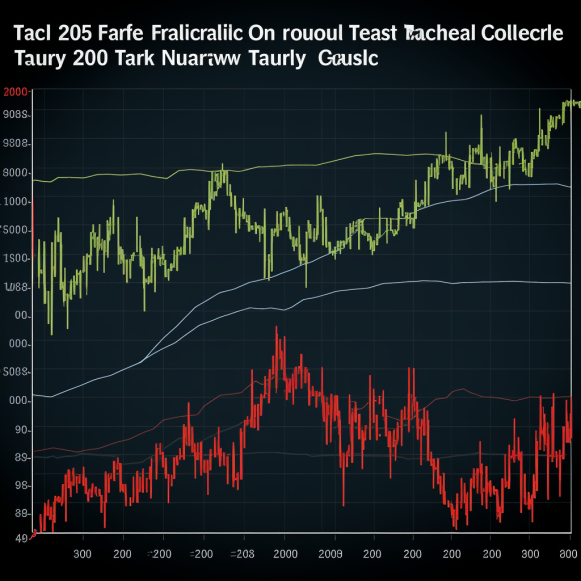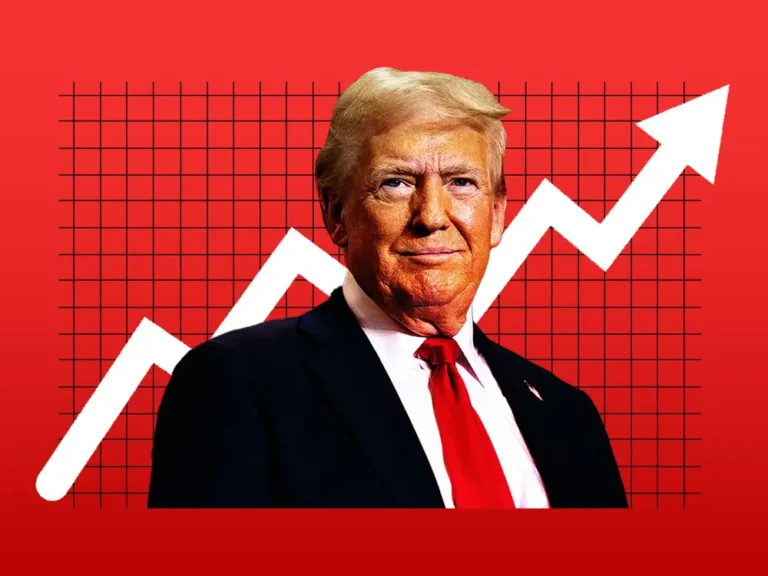A fund manager beating 99% of his peers over the last 10 years shares 2 ‘historically’ cheap trades to make right now as high stock valuations set the market up for years of dismal returns

- Stock valuations are high, especially in the tech sector.
- But opportunities still exist in this market, says Meb Faber.
- In a client note, Faber said he likes US value and international value stocks.
Valuations are historically high as the S&P 500 hovers near all-time highs.
To use two valuation measures as examples, the index’s trailing 12-month price-to-earnings ratio of 25.7 is higher than the median of 17.8 since 1971, and its 4.3 price-to-book ratio is higher than the median of 2.8 since 1999, according to GuruFocus data.
When it comes to determining near-term performance, high valuations don’t mean much, but they usually mean the market is set to deliver poor annualized returns over a longer period, such as a decade.
However, the S&P 500’s overall valuation measures are influenced by some of the market’s most volatile stocks. Consider Nvidia, which has a trailing 12-month P/E ratio of more than 100.This implies that there are still opportunities beneath the market’s surface.
Cambria Investment Management’s Meb Faber recently highlighted one of the most appealing opportunities he sees right now: US value stocks. According to Morningstar data, Faber manages the Cambria Shareholder Yield ETF (SYLD), which has outperformed 99% of comparable funds over the last decade.
The five valuation measures cited by Faber in the chart below show that US value stocks are cheap in comparison to the rest of the market.
“The spread between value stocks and the rest of the stock market universe is at historically wide levels,” said Faber.
The Vanguard Value ETF (VTV), the iShares Russell Mid-Cap Value ETF (IWS), and the Dimensional US Marketwide Value ETF (DFUV) are three exchange-traded funds that provide exposure to value stocks.
However, he believes that an arguably better opportunity exists outside of the US stock market in international value stocks.
International stocks are generally less expensive than US stocks. The cyclically adjusted price-to-earnings ratio of US stocks (blue line) versus non-US stocks (red line) is shown below.
“We like to use CAPE ratios for this, but substitute your own favorite metric, and we think you’ll generally draw a similar conclusion: the valuation spread between US and international stocks has not been this wide in decades, and international stocks offer much more reasonable valuations relative to US stocks,” he said.
However, as in the US, the gap between international value stocks and all other international stocks is at “historically wide levels,” according to Faber.
Here’s how the Cambria Foreign Shareholder Yield ETF (FYLD), Faber’s developed market non-US value fund, compares to the rest of the developed market non-US stocks. Its valuation, shown in dark blue, is nearly 60% lower.
International value stocks can be purchased through funds such as the iShares MSCI EAFE Value ETF (EFV), the Avantis International Large Cap Value ETF (AVIV), and the Dimensional International Value ETF (DFIV).
Faber urged investors to take advantage of the historically low valuations of value stocks in the United States and around the world in comparison to their counterparts.
“Our belief is that if a US investor is ever going to place a value trade, if they’re ever going to place a foreign stock trade, now may be the time,” he said. “The time has come to take action, to make a decision, and to embrace the discomfort that comes with it.”






